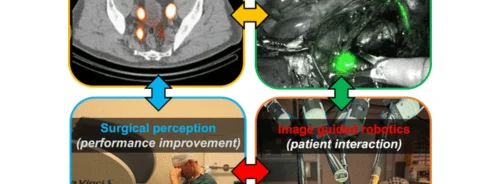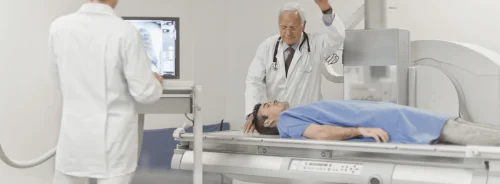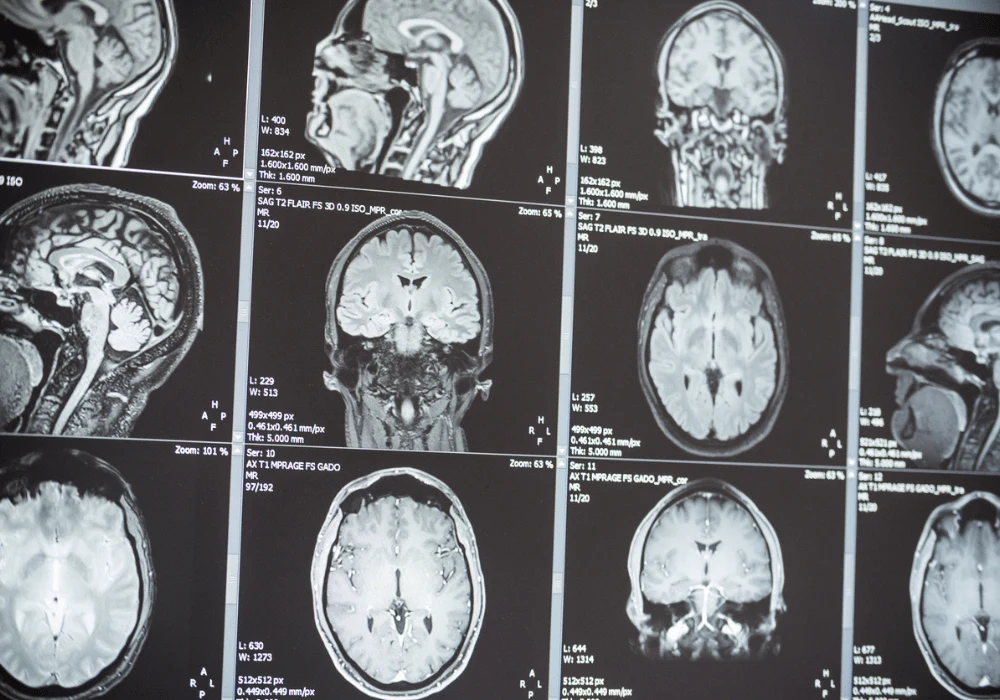The advent of magnetic resonance imaging (MRI) has revolutionised diagnostic medicine, offering non-invasive insights into the human body's intricate structures and functions. Flow phenomena are central to MRI's versatility and efficacy, enabling visualisation of blood vessels, measurement of flow, and quantifying tissue perfusion without the need for contrast agents. Techniques such as time-of-flight MRA, phase-contrast MRI, and arterial spin labelling (ASL-MRI) exploit these phenomena to deliver detailed images crucial for diagnosing conditions like ischemic strokes and brain tumours. This article delves into the role of flow phenomena in MRI, exploring their applications, technological advancements, and future potential.
Time-of-Flight MRA and Flow Visualisation
One of the most significant applications of flow phenomena in MRI is the generation of angiographies through time-of-flight magnetic resonance angiography (TOF-MRA). This technique leverages the time-of-flight effect, where the inflow of unsaturated spins into the imaging plane produces a signal enhancement, allowing for the visualisation of blood vessels. TOF-MRA is particularly effective in highlighting arterial structures, making it invaluable for diagnosing vascular diseases and planning surgical interventions. The ability to generate high-contrast images of blood vessels without contrast agents not only reduces patient risk but also provides a reliable tool for repeated imaging studies.

Image Credit: Academic Radiology
Phase-contrast MRI and Flow Quantification
Phase-contrast MRI (PC-MRI) utilises the velocity-dependent phase shift of moving spins to quantify blood flow. This technique is instrumental in assessing cardiovascular conditions by measuring the speed and direction of blood flow within vessels. PC-MRI offers detailed information on hemodynamics, which is essential for evaluating conditions such as congenital heart disease, valvular heart disease, and aortic aneurysms. By providing quantitative data on blood flow velocity, PC-MRI aids in diagnosing and monitoring disease progression, thus enhancing patient care through more informed treatment decisions.
Arterial Spin Labelling and Perfusion Imaging
Arterial spin labelling (ASL-MRI) is another powerful technique that estimates tissue perfusion by subtracting labelled and control images. This method labels inflowing arterial blood with radiofrequency pulses and measures the perfusion of this labelled blood into the tissue. ASL-MRI is particularly significant in brain perfusion imaging, aiding in the diagnosis and treatment planning for conditions such as ischemic stroke and brain tumours. The non-contrast nature of ASL-MRI makes it a preferred choice for patients who are at risk from contrast agents, such as those with renal impairment.
Technological Advances and Future Directions
Modern MRI technology continues to evolve, opening new avenues for exploiting flow phenomena. Fast gradient echo sequences, which cause flow-related enhancement (FREE), are being adapted for functional imaging of various organs, including the lungs, kidneys, and brain. FREE-MRI, which reveals signal increases due to the inflow of unsaturated spins during steady-state imaging, offers promising applications in perfusion-weighted imaging and dynamic cardiovascular assessments. Techniques like phase-resolved functional lung MRI demonstrate the potential of FREE-MRI in visualising the pulse wave and extracting dynamic information about the cardiovascular system.
Flow phenomena in MRI have significantly expanded the diagnostic capabilities of this imaging modality, enabling detailed visualisation and quantification of vascular structures and tissue perfusion. Techniques like TOF-MRA, PC-MRI, and ASL-MRI have become integral to clinical routines, providing critical insights into various medical conditions without needing contrast agents. As MRI technology advances, innovations like FREE-MRI promise to enhance imaging speed, accuracy, and applicability across a broader range of clinical scenarios. The ongoing research and development in this field underscore the potential of MRI to further revolutionise medical diagnostics and patient care.
Source: Academic Radiology
Title Image: iStock




![[18F]FDG-PET/CT for Hodgkin Lymphoma Staging & Therapy Monitoring [18F]FDG-PET/CT for Hodgkin Lymphoma Staging & Therapy Monitoring](https://res.cloudinary.com/healthmanagement-org/image/upload/c_thumb,f_auto,fl_lossy,h_184,q_90,w_500/v1721379158/cw/00127831_cw_image_wi_2efbfdfbf13a43ef6379a43429961907.webp)

